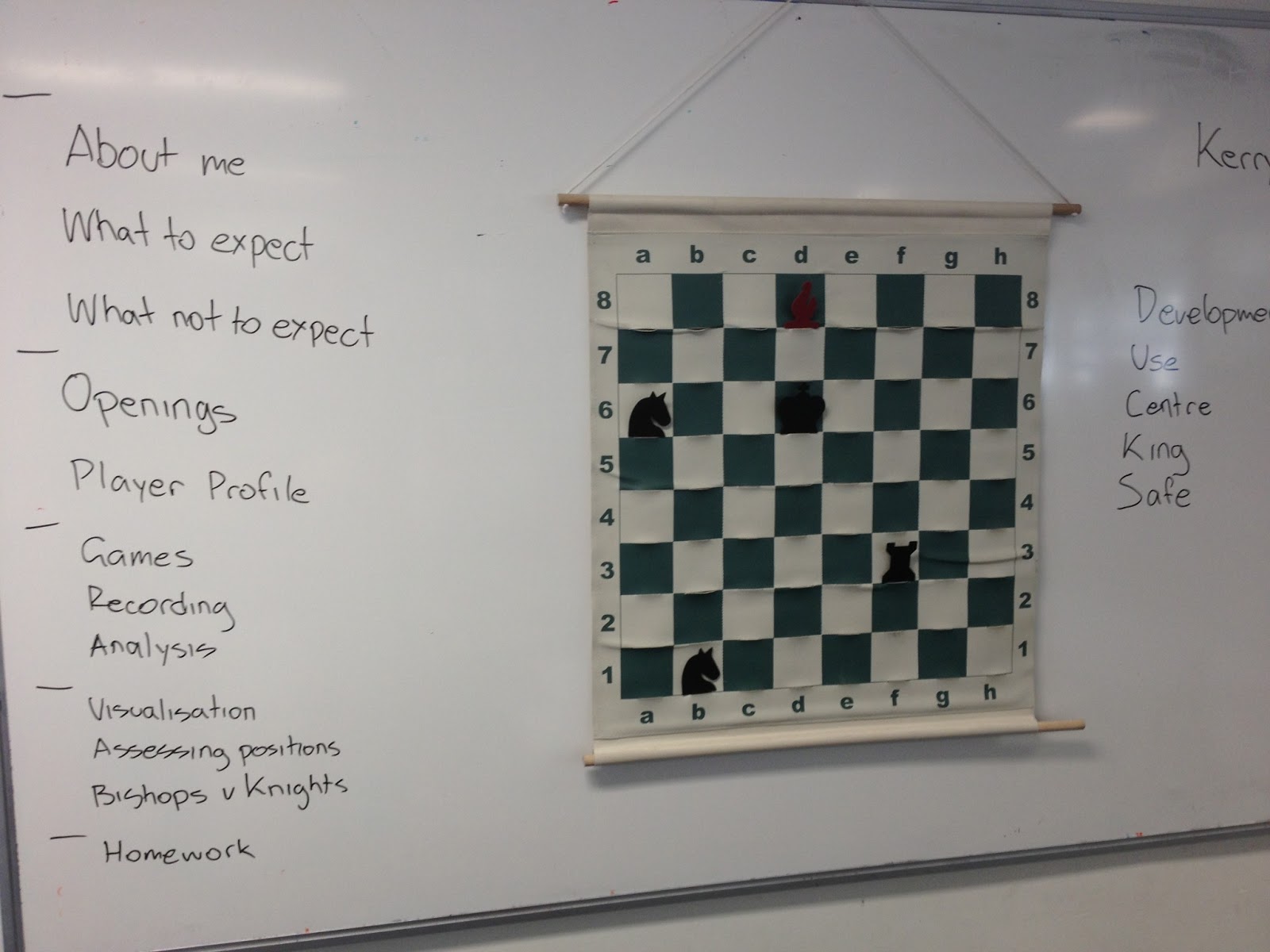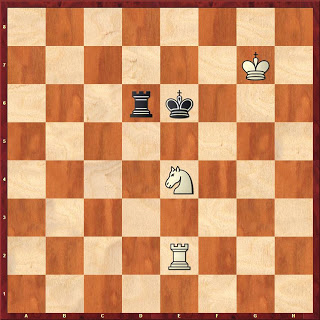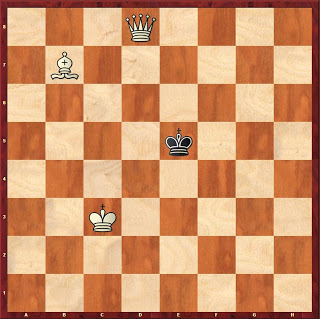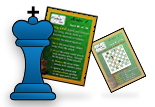Term 1 - Session 1
Sunday, 17 February 2013
Northern Star Chess Squad - Day 1 (report by Kerry Stead)
Today was the first session of the Northern Star Chess Squad at Eltham High & I had a really great time running the session! Although it was only a small group, it meant that all the kids could be involved & it was great to see that they were all so keen! The group managed to get through quite a bit of material in the 3 hours, as well as playing a game that I will analyse for them during the week. Here is the demo board with a list of things I intended to get through in the session - didn't quite manage it all, but it was great to have the kids engaged & fascinated with the visualisation exercises!

I started the session talking about how I got involved in chess, from my days playing school chess in Sydney, through to Sydney chess clubs, a move to Melbourne & my various teaching & coaching jobs. Although the kids may not have appreciated it, I thought it would be good to let them realise that chess is the sort of thing that you need to spend time on & experience to really improve - I remember when I first started at a chess club (at the Canterbury Chess Club in Sydney) that it took me about two months before I finally won a game at the club ... and another few months after that before I won my second game!
After that introduction, we looked at a game by Bobby Cheng - his round 11 game from the 2009 World under 12 - where he needed to win against the top seed to win the tournament. Obviously people who know a bit of Australian chess history know that Bobby went on to win the game, but they may not have seen it & it is in many ways a good example of Bobby's aggressive, attacking style.
After looking at the Bobby Cheng game, the kids played games against each other & once they had finished, we looked at a number of visualisation exercises. The two most interesting of these I have posted below: In the following position, the black pieces do not move, but they cannot be taken. The aim is to find a way to checkmate black in the shortest number of moves, but your pieces cannot move to a square that is attacked, and you can only play a check that is checkmate (ie: the final move).

The quickest solution is to play 1.Kg6 followed by 2.Nf6#
The next position has the same aim & constraints. The thing that made this puzzle an excellent learning tool is that all the kids could find a way to checkmate black, but the challenge then became how to do it in the shortest number of moves!

The first suggestion was to play Kc3-d3-e3-f3-g4-g5 & Qd5#,which is checkmate, but takes 6 moves!
The next suggestion was similar, but a move quicker. Kc3-c4-c5; Bb7-c8; Qd8-f8-f5#, which takes only 5 moves.
From there, another suggestion was Kc3-d3-e3; Be4; Qe7#, so the kids found a way to get the solution down to 4 moves!
Finally, they discovered the quickest solution, which takes only 2 moves ... 1.Bc8 followed by 2.Qd4#
All-in-all I had a great time & hopefully the kids that attended also enjoyed themselves & learnt some more about chess! The aim of the squad after all is about learning, but also about having fun!

